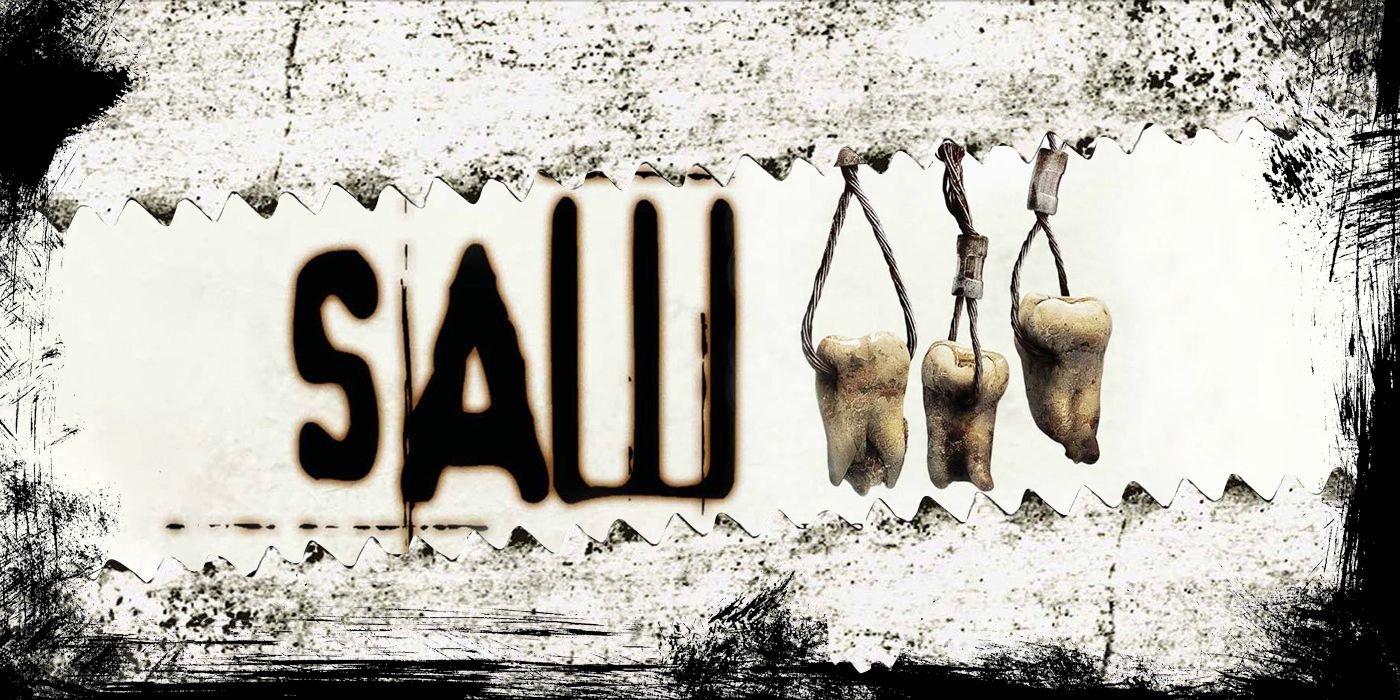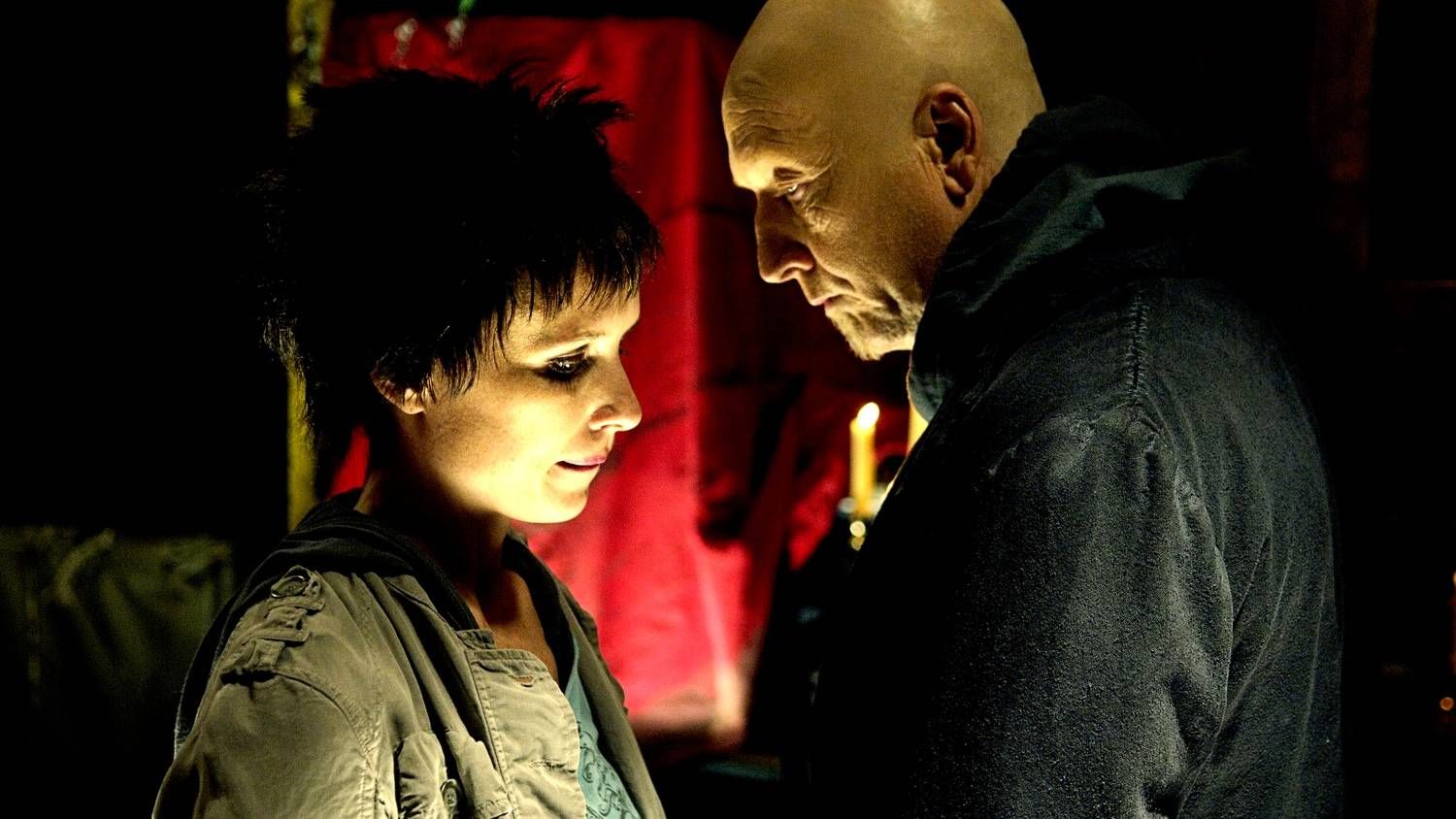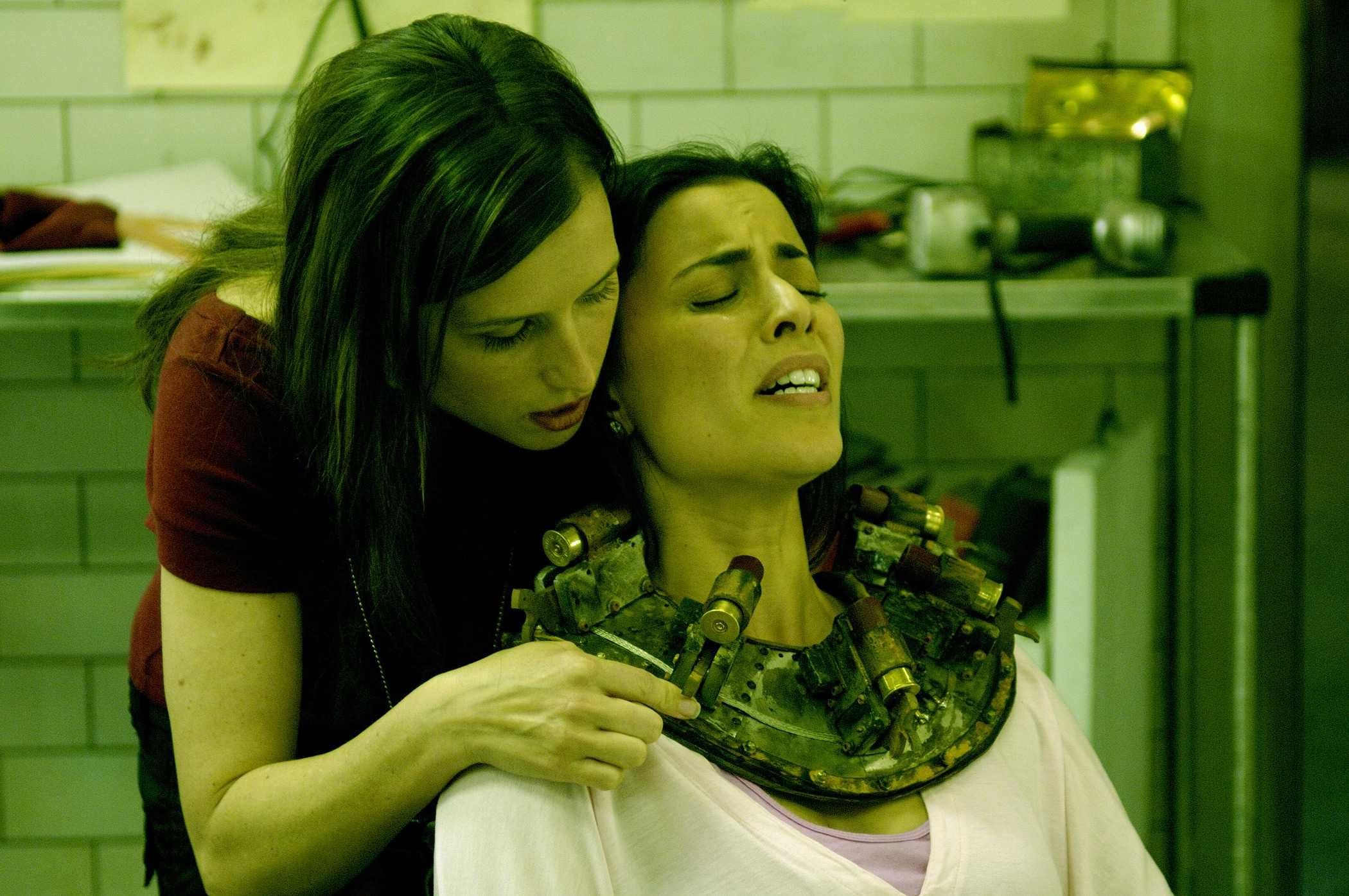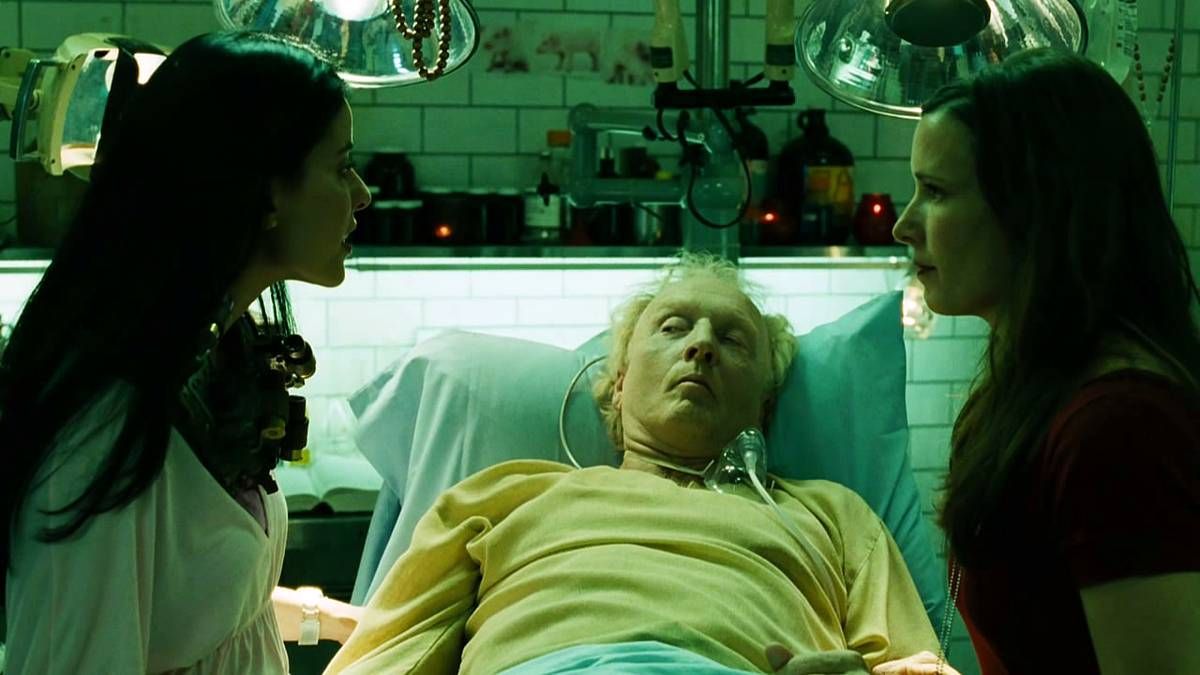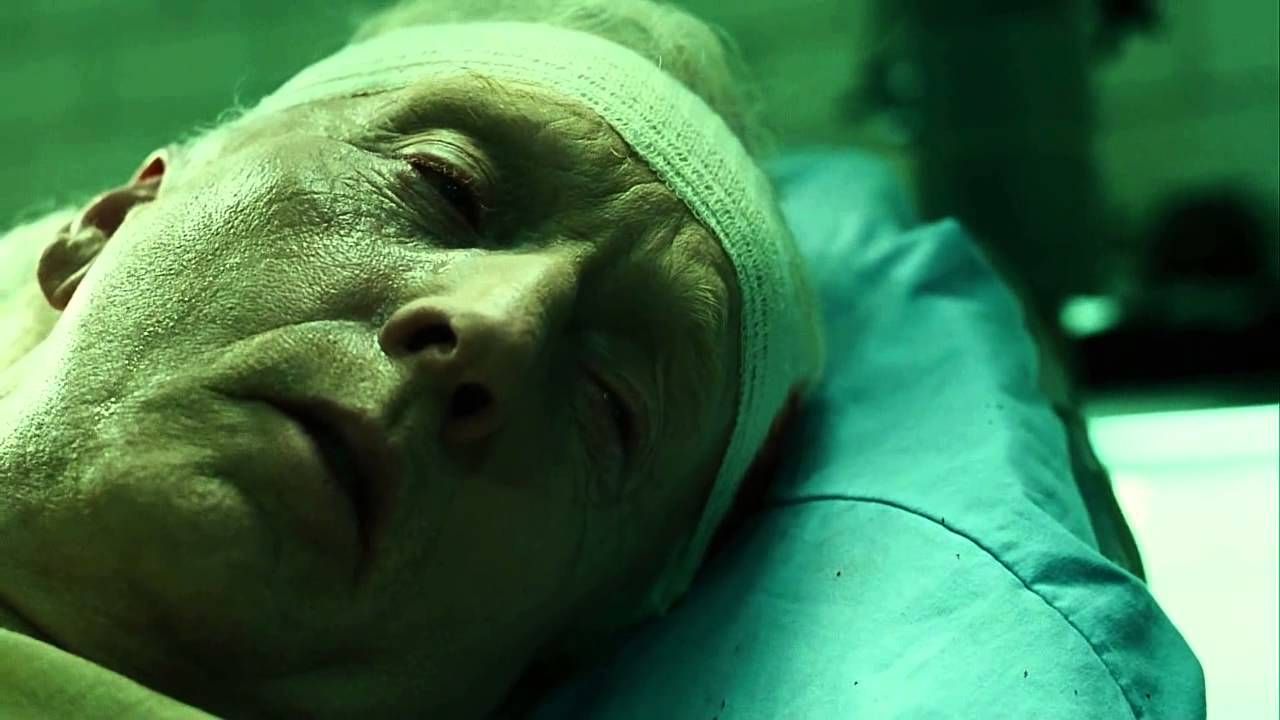Nearly two decades after its 2003 debut, the Saw franchise has cemented itself as both a cultural and financial powerhouse. With its nine films making a combined $1 billion at the box office, the franchise is still running full steam ahead with its Saw-adjacent spinoff Spiral: From the Book of Saw having hit theaters earlier this year. While the series tends to get the bulk of its attention from its mind-bogglingly complex mythology, gory, peek-through-your-fingers contraptions, and signature twist endings, Saw III features an incredibly intense emotional core that tends to get overshadowed by the series’ penchant for blood and violence.
The film absolutely features grisly traps, dismembered victims, and gallons of blood, but it’s how the film focuses on the complex relationship between John “Jigsaw” Kramer (Tobin Bell) and his acolyte Amanda Young (Shawnee Smith) that elevates Saw III to something smarter and more complex than is usually seen in the Saw series and successful horror franchises in general.
While the Saw franchise features more than a few moments that inspire the audience to feel sympathy for the victims forced into life-or-death scenarios, what keeps the viewer from relating to them on a deeper, more human level is the lack of character development. In scenes with characters such as Michael’s (Noam Jenkins) “Death Mask” trap in Saw II and Brenda’s (Sarain Boylan) “Scalping Chair” trap in Saw IV, characters who are on-screen only for the duration of their trap, the audience has no chance to connect with them on an emotional level, nor are we given any reason as to why we should care about their success or failure other than thinking, “Gee, stinks to be them right now. Glad I’m not in that situation!” Where the Saw franchise fails these characters, it’s in carefully constructing and layering those of John and Amanda that elevates Saw III to something greater.
Both John and Amanda are troubled characters, with the former reeling from the death of his unborn son and cancer diagnosis while the latter is a drug addict and self-harmer. Saw III doesn’t shy away from grim scenes of Amanda’s heroin use, cutting, and murderous tendencies, and it’s incredibly easy for these gory and hard-to-watch moments to overshadow what they really do in peeling back the incredibly deep layers of these two people. John does not stare at the drug track marks on Amanda’s arms or the cuts on her wrists, or berate her for being unappreciative of her life. Instead of judging her as so many others in her life have done, he offers her the ultimate act of love: a second chance at life and the chance to be part of his world as his apprentice. In this way, John becomes Amanda’s surrogate father, teaching her his ways and worldviews like any other father would do for his biological daughter. He also seems to recognize that they are more alike than either of them realize, two people that the world has cast aside and relegated to the shadows. I see you, he seems to say, and I accept you, flaws and all.
If we look past the violence in the foreground, the film’s emotional core can be seen peeking from behind as Amanda Young, after years of drug-addiction, loneliness, and deep emotional pain receives the one thing she’s always wanted: to be seen. Even though we know that John is indoctrinating her into his twisted world of kidnapping, traps, and harrowing life-or-death choices, the film provides us with that emotional connection tethering these two characters together, and it gives us a reason to care about what happens to them over the course of the film.
There’s no doubt that the horrific spectacle of Troy (J. LaRose) ripping out chains secured to his skin or Detective Kerry (Dina Meyer) having her ribcage torn open is part of the draw for the Saw franchise. Otherwise, it wouldn’t be continuing today. However, the film’s overtly horrific moments often hide the smaller, quieter scenes that allow John and Amanda to deepen as characters. In a film as gruesome as Saw III (I’d argue it’s the franchise’s goriest and meanest installment, visually), it’s easy for audiences’ focus and attention to be dominated by the gorier moments like “The Rack” trap and John’s brain surgery. How could it not when you’re watching a man’s limbs twist 360 degrees on a giant theater screen? But these grisly moments aren’t merely for spectacle; they serve to heighten John and Amanda’s mental state and offer them authentically poignant character beats. As Amanda watches John undergo brain surgery, she clasps his hand and reassures him that everything will be okay, while John eliminates Amanda’s doubts about her ability to carry on his legacy after his death. “You can,” he says soothingly. “You’re stronger now. And I believe in you.”
Here, we’re not watching two murderous villains; we’re watching two humans lay their hearts, worries, and insecurities bare. With John on his deathbed, we’re able to see just how deeply afraid Amanda is of the possibility of losing the one person in her life who understands her and accepts her for who she is – not a drug addict, or self-harmer, or someone destined for failure, but someone who needs and deserves love. Such quiet and (dare I say) tender moments work here because the film has taken the time to give us reasons to care about these two people. We may not agree with John’s philosophy or Amanda’s murderous tendencies but just like John sees Amanda for who she really is, we’re able to do the same and understand the rationale behind their actions.
In these moments it’s almost hard to remember that they are the film’s primary antagonists. But because we understand universal struggles such as John’s loss and grief as well as Amanda’s addiction and not fitting into an unforgiving society that looks down on drug usage and mental illness, the film does something admirable in getting us to empathize with them. By doing so, it solidifies their character development as the backbone of the film. Because if Saw III chose to forgo developing John and Amanda in favor of cheesy dialogue and flimsy motivations, the narrative tension caused by their pain and grief would be reduced to something empty, eliminating reasons for the viewer to care about what happens to them — especially in the last act.
As the film progresses to even zanier and more complex traps such as the “Shotgun Collar” (Will it actually go off?! Just how much blood will there be?!), it’s hard not to stare transfixed. But as big and bold and cinematically breathtaking as these contraptions are, the emotion isn’t in the traps themselves, or even the people in them. It’s in how it affects John and Amanda. During the film’s climax, an operation by kidnapped doctor Lynn Denlon (Bahar Soomekh) to relieve the tension on his brain, a sick and semi-conscious John rejects Amanda’s clasping hands while shooing her away with a “we don’t need you.” The look on her face is pure horror as it radiates a childlike sadness at having her mentor-turned-father-figure choose to spend time with someone else besides her during his time of need. In some ways, her whole world has just collapsed. Aside from John, she has no family or meaningful relationships that we see know of and watching her dying mentor spend his last days showing affection to someone else besides her leads to her inability to cope and relapse into self-harming. “It’s all bullshit,” a distraught Amanda finally says to John when he expresses his uncertainty that she is unable to remain emotionally stable while carrying on his legacy, rejecting his past assurances that she was important to him. “It’s all a fucking lie. And I'm just a pawn in your stupid games.” The entire film leads up to this moment, of feelings of jealousy and betrayal and doubt, and the entirety of Saw III’s plot hinges on the emotional rollercoaster that John and Amanda are riding. We feel Amanda’s pain. We understand John’s trepidation. If we didn’t, the subsequent fallout would ring hollow. But it doesn’t, and Saw III serves as proof that the payoff from horror genre staples such as violence, gore, and tension is ultimately heightened when it features well-developed characters that the audience cares about and understands on a human level.
With the sheer amount of carnage and downright mean-spiritedness in Saw III’s many trap scenes, the film’s emotional core is easy to overlook, especially for the casual moviegoer who’s there to munch some popcorn while watching screaming victims get their just desserts. In more than a few instances, the rivers of blood and chaos overshadow the central emotions of John and Amanda as their relationship runs the gamut from admiration and awe, to jealousy and tension. While we might not exactly root for John or Amanda’s success, we care about them and are invested in them as people. Here, Saw III manages a feat more unexpected than one of the series’ signature endings: crafting a horror film with a solid emotional center. John and Amanda’s love for each other, not Jigsaw’s contraptions, is what kills in the end.

